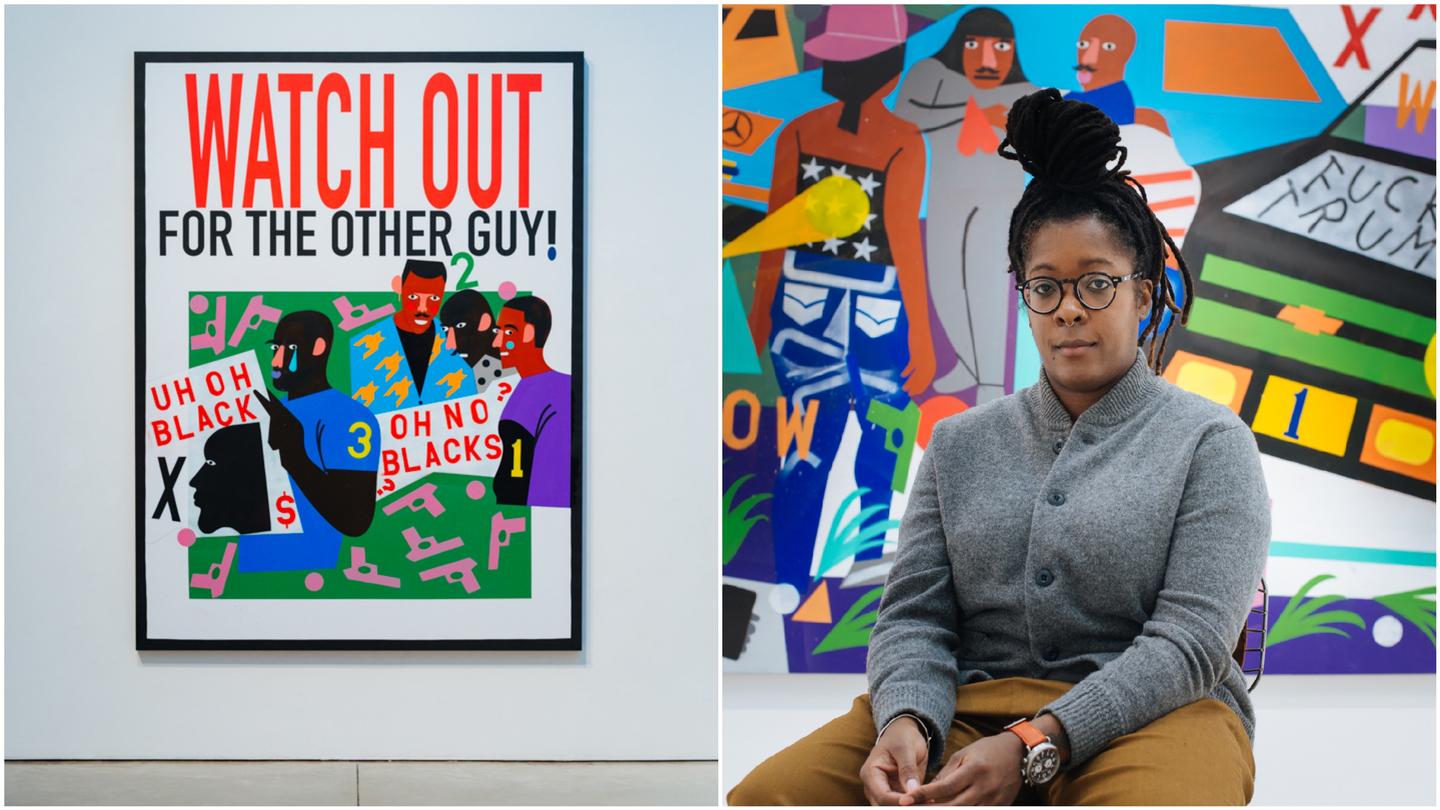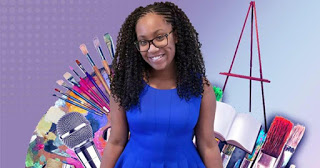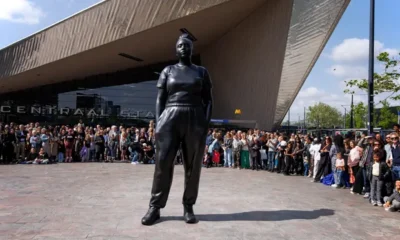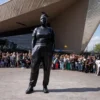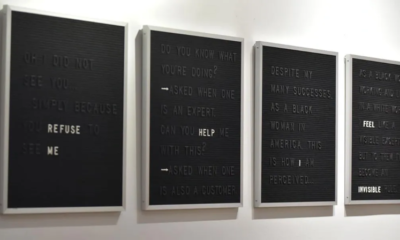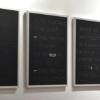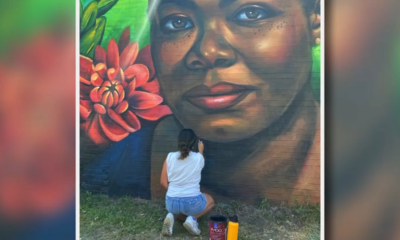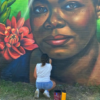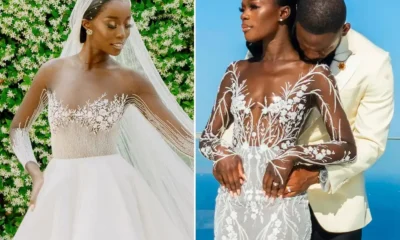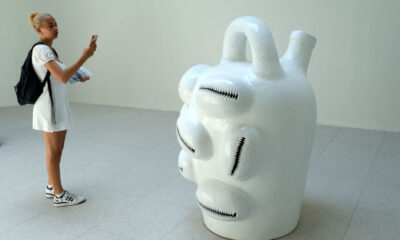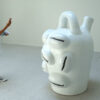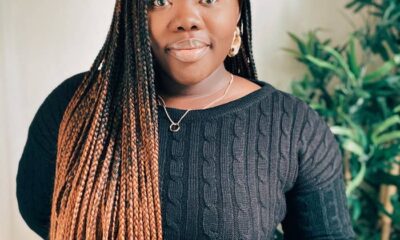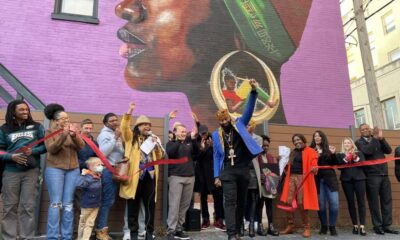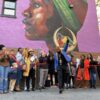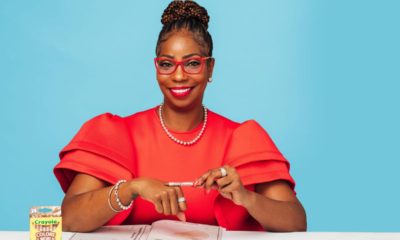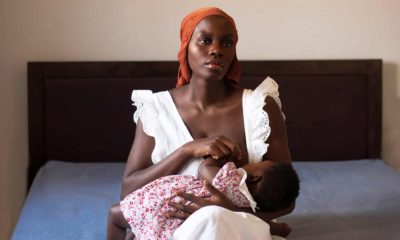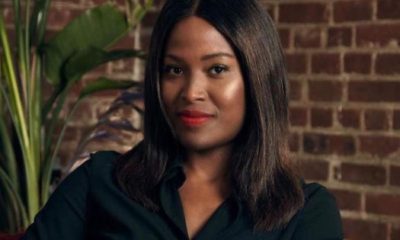Black Women in Arts
Painting the Pain and Beauty of Black Life
Artist Nina Chanel Abney’s simultaneous gallery shows were down the street from each other and a world apart.
The works in Seized were just as kinetic as the show’s title suggests, picking up on themes of racialized violence, police brutality, and information overload that have long been present in Abney’s work. The paintings depict near-constant conflict, with culled-from-the-headlines imagery recalling brutal police interactions. These frenzied works bombard viewers with disjointed and sometimes contradictory suggestions, creating a visual language that’s as endless and overwhelming as scrolling through Twitter.
The paintings in Safe House at Mary Boone were the antidote. Their figures—all black, as opposed to the interracial brawlers of Seized—engage in leisure and domestic activities. They depict black life as it exists outside of the headlines. And as Seized used the visual language of the social media era, Safe House drew on another medium particular to its time: occupational safety posters from the 1960s. Though the specter of postwar American supremacy is most fawningly invoked by those who would make the country great again, by adapting the posters and turning them into vehicles for black joy, Abney was re-appropriating conservative nostalgia.
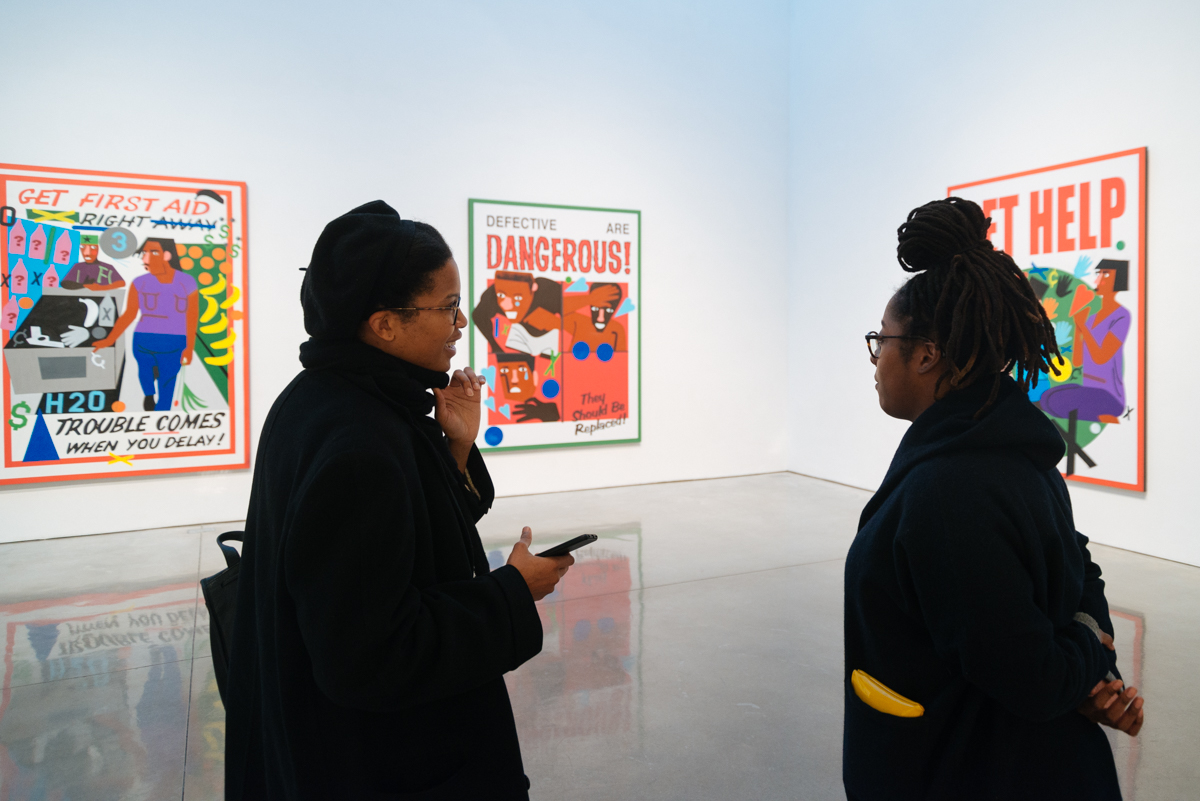
Please read original article- Painting the Pain and Beauty of Black Life



